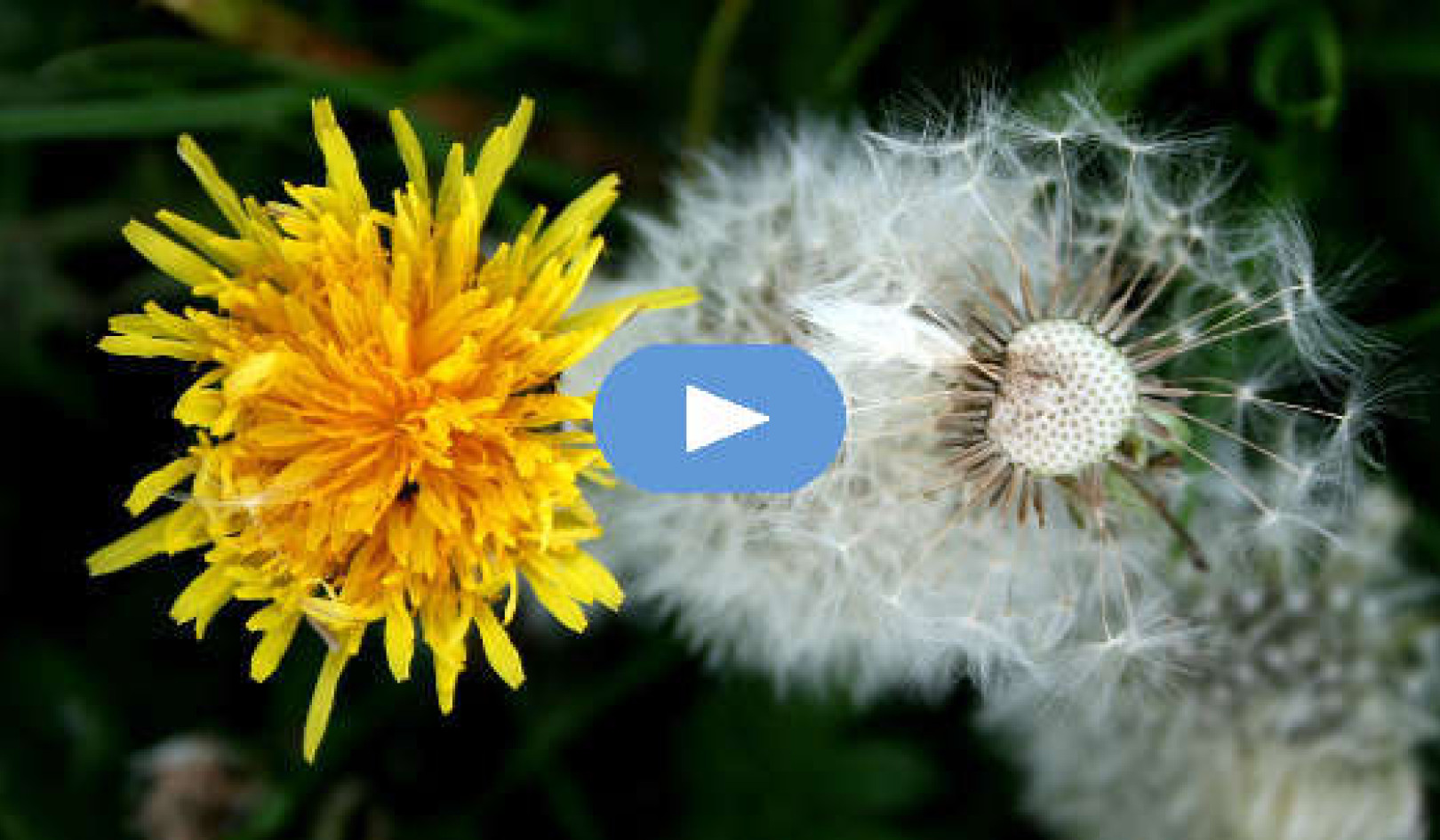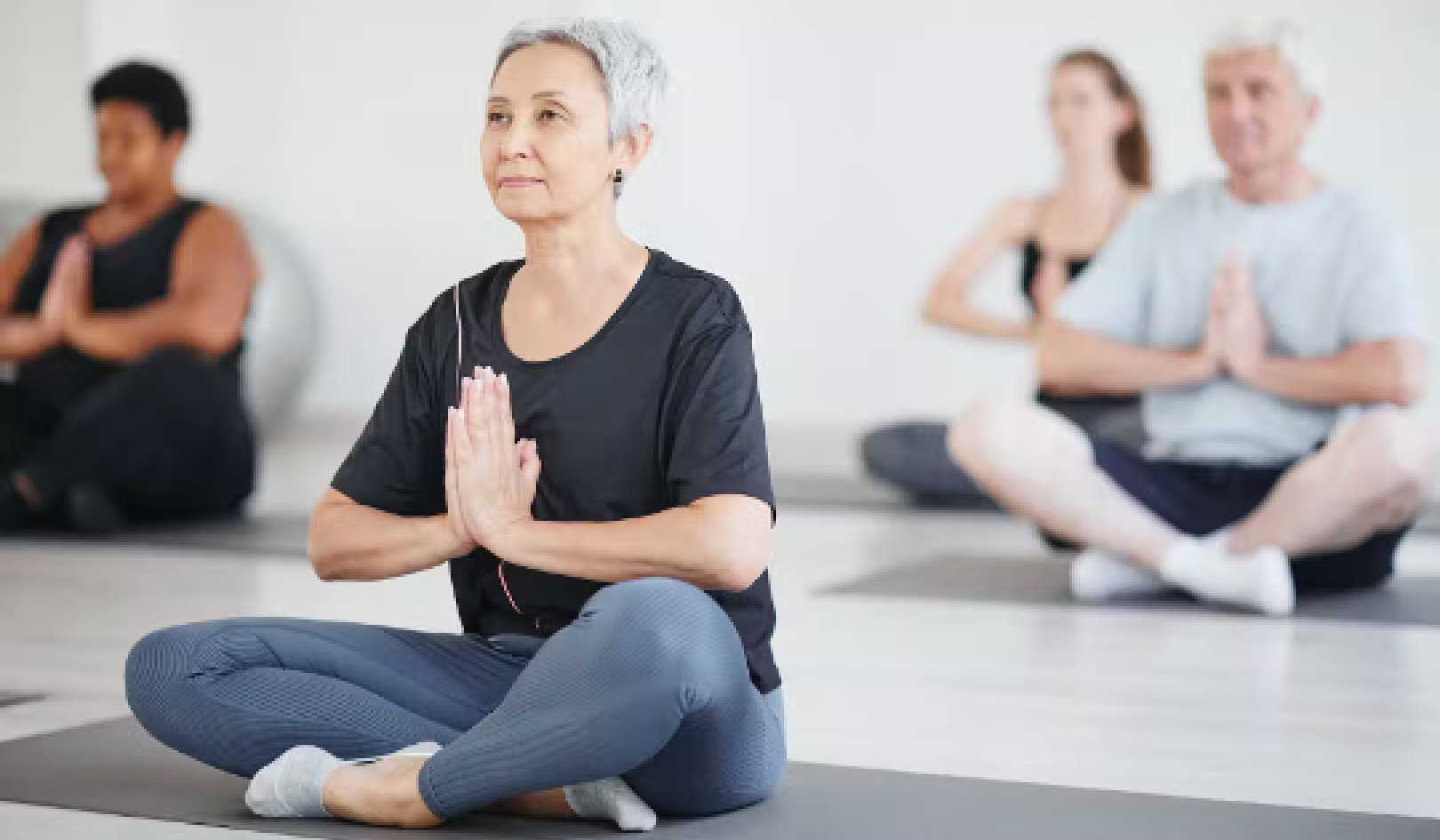
Image by Pexels
Waking up to the first faint suggestion of light, I don’t want to leave my bed. And so I don’t. I just let myself lie there under the warmth of the thick covers and turn my attention to my breath. I become aware of it. I start feeling it. I start letting go to it.
Mostly I’ve been exploring Breathing God either lying down in bed, sitting up in a chair in the posture of the Egyptian pharaohs, or sitting cross-legged on meditation cushions on the floor. The most prolonged passages of breath awareness—during which my mind stays relatively empty and I feel God close by—occur when my body isn’t moving around too much.
As soon as I stand up and start moving about—to the guesthouse’s washroom, on a walk in the gardens, up to the monastery for a meal, or to participate in the chanted prayers—it becomes much more difficult to stay with my breath, to let it breathe into me and have the presence of God replace the silent chitterings and chatterings of my mind that broadcast the fake news that separation is the only perspective from which I can interact with the world.
Every time I go for a walk, it seems I become less filled with grace (less graceful?) and contract back down again into the thoughts in my head. Why is this? And what can I do about it?
Contracting Back Into My Thoughts...
When I walk, I tend to contract back down into my thoughts and weaken my direct, felt connection with God. Again, the question asks itself, why? So after breakfast I fill up my water bottle, put on my hiking sandals, place some energy bars in a fanny pack that I buckle around my waist, apply sunscreen, put on a hat and sunglasses, and set out into the desert to see if I can find out why . . . and to do something about it.
The first thing I notice, as I walk through the wooden gate of the guesthouse and start moving along the dirt road that winds and dips for thirteen miles until it reaches the main asphalt highway, is that I tend to look down at the ground when I walk. OK. This is understandable in that I have to make sure that that there’s nothing in my way that’s going to trip me up. But to be always looking down, I have to bring tension into my head and neck, and I remember back to the fourth day of the retreat when I discovered what stiffening my neck and holding my head still did to me. With my head bent forward, out in front of the rest of my body, I have to contract the muscles in my upper back to keep my head from falling off, my head from falling off, my head from falling off . . .
“Off with his head!” cried the Queen of Hearts in Alice in Wonderland. Might she have been speaking of people whose heads are so far out in front of the vertical axis of their upright body that they lose their felt connection with God and get compressed down into their thoughts so that the only way to free them from their imprisonment in their minds is to chop off their heads?
. . . and toppling even farther toward the ground were I truly to relax that tension. If I’m to feel uplifted, gracefully drawn up toward God, doesn’t my head have to rise back up where it belongs, where it can float on top of my shoulders while I’m walking, where it can bob along like a fishing bobber on the waves of a lake over which a breeze is blowing?
the red red robin
goes bob bob bobbin’ along
Seeing the Whole Picture
The next thing I notice is that when I focus my gaze so narrowly on the ground in front of my feet, I lose sight of the whole visual field. I only see what I want to see and disregard everything else, like a hawk flying over the desert floor looking for a little mole to eat.
As soon as I block out anything in any of my primary sensory fields—sensation, vision, sound—I fall back down into my mind, my thoughts, my sense of separation, and God disappears. And so I start to walk more slowly. I don’t just focus my attention on any one object in front of me. Instead, I pay attention to the peripheries of the visual field, everything that softly appears out at the right and left sides of my elliptical field of vision.
I immediately like how staying simultaneously aware of the right and left edges of my visual field affects me. The energies in the right and left sides of my head become more balanced, I become more present, and viewing the whole of the visual field becomes more natural. (Might this be what Jesus meant by looking out onto the world with single vision?)
When I see the whole field all at once rather than any one thing in particular, I can still stay alert to objects in the near distance that might want to trip me. When I get closer to them, I look down briefly, walk around them, and then immediately let my vision go once again wide and inclusive.
The more I walk like this, the better I get at it so that, by the afternoon, I can glide around obstacles that I viewed many seconds earlier without having to break off seeing the entire visual field all at once and looking down.
keeping vision wide
letting myself see
way over on the left
way over on the right
focusing on the peripheries
i see everything
all at once
Walking Like A Stick Figure...
The next thing I notice is that I’m walking like a stick figure. My arms don’t move much, my hips don’t sway much, my legs move forward as though I’ve got cross-country skis on and am skiing along parallel tracks that have been carved into the snow. Some parts of my body move, others don’t, and I remember back to a gospel song I sang in my high school glee club . . .
toe bone connected to the foot bone
foot bone connected to the heel bone
heel bone connected to the ankle bone
ankle bone connected to the . . .
now hear the word of the lord
. . . where I learned my first important lesson about the body: everything’s connected. You can’t isolate one part from another. What happens in one part of the body directly affects every other part.
But as I walk along the dirt road, I realize I’m not just one of the stiff-necked people. I’m one of the stiff-bodied people!
And so I stop. And stand. I turn my attention back to my breath. There it is again. Breathing in, breathing out. I relax and gradually start feeling my whole body come back alive as felt presence, toe bone to head bone.
I look out on the magnificent valley in front of me. I listen to the birds calling out as they scamper back and forth from one small tree to another. I start moving. And I fall through the crack in the fabric of the world’s appearances and dissolve back into the felt presence of God.
Keeping the Body Loose
I start experimenting with keeping my entire body in loose, resilient motion as I move along the dirt road. My hips sway; my arms swing; my head doesn’t just look straight ahead but bobs back and forth, like an upside-down u. Following the direction of the leg that’s moving forward, my body rotates to the right and left around the vertebra in my spine where my lower thoracic torso meets my upper lumbar torso, right shoulder going back as right leg goes forward, back and forth, back and forth, everything moving. And even though analyzing this is starting to feel like the caterpillar explaining how he walks, God starts speaking to me again in the silent language of felt presence.
albert einstein
in a letter to his son
life is like riding a bicycle
to stay in balance
everything has to keep moving
Like a tightrope walker on a rope, I can walk with elegance and grace. If I can play with the same kind of upright balance that allows giant sequoia trees, Gothic spires, and modern skyscrapers to rise up into the sky, gravity can actually be felt to support and buoy me up, and in this state of relaxed, literally uplifted grace, my entire body moves on each step and breath.
As I keep moving ahead—breathing, feeling, seeing, hearing, everything moving, joyous—I inevitably come to a place, maybe it’s just a thought about how joyous this new way of walking is, where I suddenly find myself back in my head, back in my thoughts. And as soon as I wake up again to this compression, caused by sinking back down into thinking, I realize that something somewhere in my body has stopped moving. Maybe my shoulders have gone still. Maybe my hips have quit swaying. Certainly, my head and neck have stiffened. Somewhere. So thought after thought, I turn my attention back to my body, find out where I’ve gone still, and start letting everything move again.
Keeping the Focus Loose
I walk out into the desert. It’s easier to walk with this kind of dancerly grace and motion when I have confidence in the ground underneath my feet and the path I’m walking along, when the way is broad and flat with no rocks or pebbles, no sticks or branches, no roots or bushes. When I have this kind of confidence, my head can look ahead, not just down at the ground, bobbing left and right, up and down, and take in the whole of the visual field all at once.
I don’t fix my gaze on any one object. By focusing on the whole of the visual field, rather than darting my gaze here to there, I don’t bring a stiffening of tension into my eyes, which are connected to my head bone connected to my neck bone connected to my . . . and so I can move, really move, along the desert floor without abandoning God.
As soon as I feel once again lost in thought, I stop for a moment . . .
i remember
my mother’s words to me
about what to do
when i get to an intersection in the road
on my way to school
stop
look
listen
. . . gather myself, tune in again to the felt presence of my body and breath, play with the dance of upright balancing . . .
there’s no such thing as standing still
whenever i come to standing
and truly let myself relax
surrendering to gravity’s pull
while feeling drawn up toward the stars
everything sways and moves
. . . soften my eyes that, lost in thought, narrow down to focus on but a single object, broaden my gaze to see the whole of the roughly elliptical visual field all at once, open my ears to hear everything that’s here to be heard, relax into motion.
Nothing Stands Still; Everything Is In Motion
At the end of the day, I make my way back to the guesthouse, take a hot shower, swaying in the shower, put fresh clothes on, and walk back up to the monastery for evening prayers and dinner. The notes of the sung prayers move up and down the scale. The fingers of the organist move from key to key. We live in a universe in which everything moves. Nothing stands still, not even for a little minute.
At dinner I lift my fork to my mouth and feel this simple motion transmitting itself throughout my loose body, rocking me softly in my chair. Rock my soul in the bosom of Abraham. I walk back to my room, and before the darkness of the desert night has pushed the last light of day aside, I fall into a deep sleep, breathing in, breathing out, the breath never coming to rest, never standing still.
©2019 by Will Johnson. All Rights Reserved.
Excerpted with permission from Breathing as Spiritual Practice.
Publisher: website.
Article Source
Breathing as Spiritual Practice: Experiencing the Presence of God
by Will Johnson Through his own contemplative journey, Will Johnson shares his experience of striving to surrender to the fullest presence of God through each breath. As he takes the reader step-by-step through his own breathing practice, the author explains his physical and mental techniques for meditating successfully through breath and provides helpful guidelines to get the most out of meditative retreats. Johnson also offers deep reflections on how these shared practices of experiencing God through the breath transcend religious differences. (Also available as a Kindle edition.)
Through his own contemplative journey, Will Johnson shares his experience of striving to surrender to the fullest presence of God through each breath. As he takes the reader step-by-step through his own breathing practice, the author explains his physical and mental techniques for meditating successfully through breath and provides helpful guidelines to get the most out of meditative retreats. Johnson also offers deep reflections on how these shared practices of experiencing God through the breath transcend religious differences. (Also available as a Kindle edition.)
For more info and/or to order this book, click here.
More books by this Author
About the Author
 Will Johnson is the founder and director of the Institute for Embodiment Training, which combines Western somatic psychotherapy with Eastern meditation practices. He is the author of several books, including Breathing through the Whole Body, The Posture of Meditation, and The Spiritual Practices of Rumi. Visit his website at http://www.embodiment.net.
Will Johnson is the founder and director of the Institute for Embodiment Training, which combines Western somatic psychotherapy with Eastern meditation practices. He is the author of several books, including Breathing through the Whole Body, The Posture of Meditation, and The Spiritual Practices of Rumi. Visit his website at http://www.embodiment.net.



























